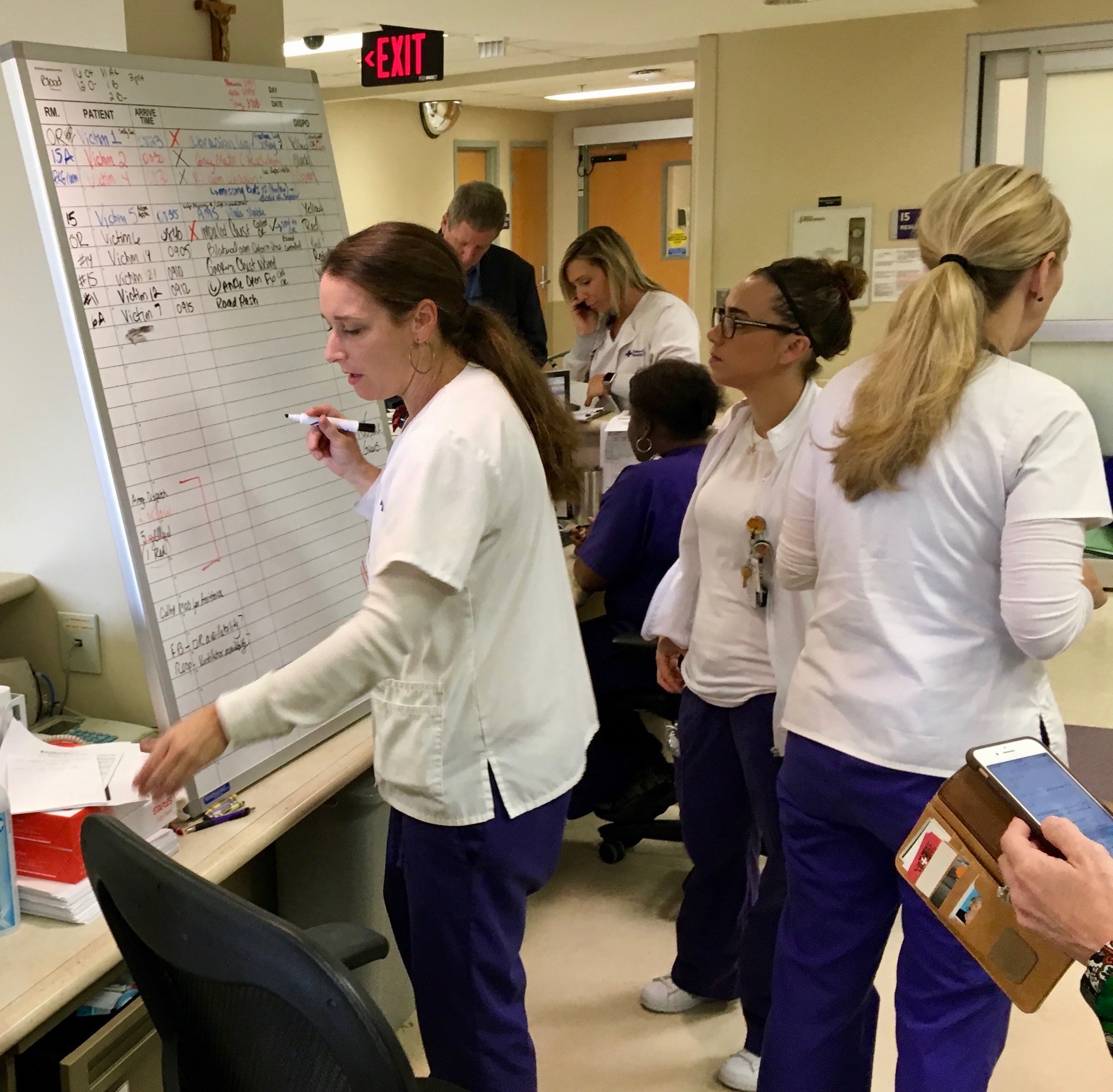Crisis incident planning is unlike planning that you’ve experienced before, because you suddenly have to deal with a no-warning incident; there’s no time to hold a committee meeting. Initially, an Incident Commander may address critical functions via a verbal Incident Action Plan. Most incidents soon evolve from a response phase to a recovery phase. At some point, it’s necessary for the Incident Commander to utilize a Planning Chief.
The Planning Chief is immersed in a continuous collaborative process with the Incident Management Team (IMT) staff. The objective is to develop a written Incident Action Plan that is distributed and briefed to all incident players. The difficulty is that crisis incidents are dynamic, chaotic, and unstable. A 24-hour planning cycle may start well, only to become unglued 30 minutes after the plan briefing; maybe the briefings have to go to a 12 or 8 hour cycle, because the situation is changing too fast. The Planning Chief has additional responsibilities as follows:
- Situation monitoring – a crisis incident often changes for the better or the worst. For example, onset of severe weather, a change in wind direction, or a flood stage river can decimate a plan.
- Resource management – tracking people, supplies, and equipment (Active Shooter 360 calls these entities resources) obtained from the Logistics Chief is an important function. In addition, the Planning Chief serves as a check-in point for outside resources, and assigns and demobilizes resources accordingly.
- Technical advisers – mobilization of outside technical specialists such as structural engineers, epidemiologists, or hazardous materials consultants.
- Documents – gathering and archiving incident documents.
Key Takeaway – an incident action plan is verbal and on the fly. A Planning Chief develops a formal plan framed by planning briefing cycles as an incident progresses. In addition, the Planning Chief manages resources obtained by the logistics process.
What are your thoughts?



